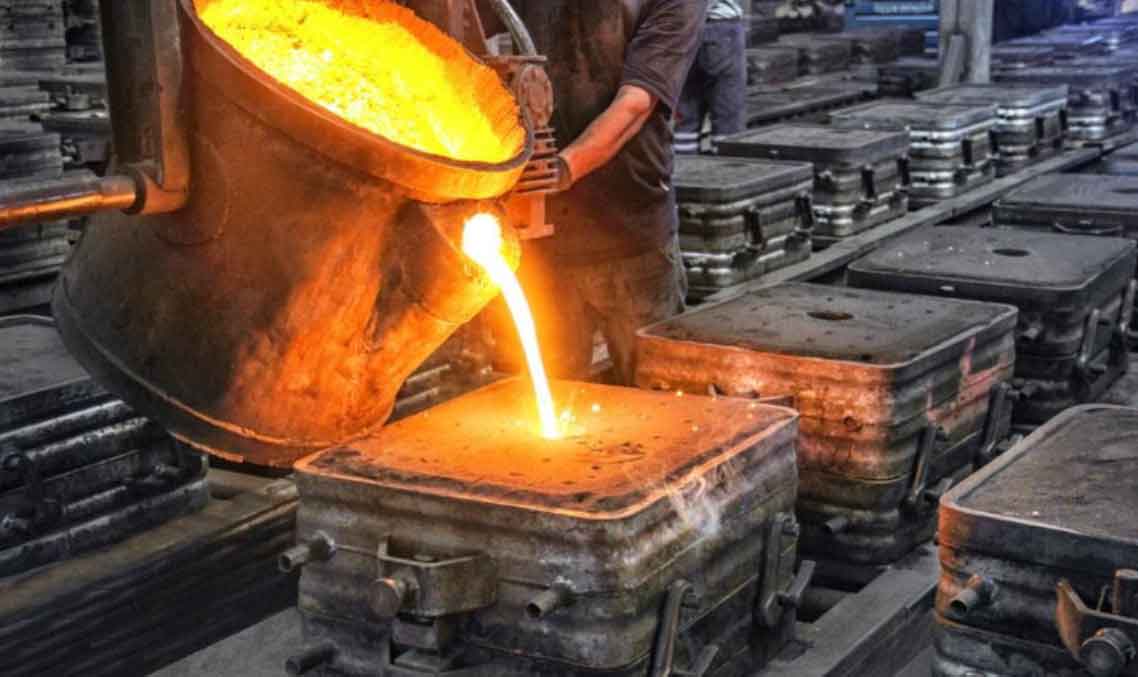
China casting industry has demonstrated remarkable resilience and adaptability in the face of changing manufacturing landscapes. Despite various challenges and shifts in the global market, Chinese casting foundries have managed to maintain their competitive edge and continue to thrive. Several key factors contribute to their resilience:
- Technological Advancements: Chinese casting foundries have embraced advanced technologies and automation to improve their manufacturing processes. By adopting state-of-the-art equipment and software, they have increased production efficiency, reduced lead times, and enhanced product quality.
- Focus on Innovation: To stay ahead in the highly competitive global market, Chinese casting companies have invested in research and development. They actively explore new materials, casting techniques, and design methodologies to offer innovative solutions that meet the evolving needs of various industries.
- Adapting to Market Demands: China casting industry has a strong customer-centric approach, catering to the specific requirements of global clients. By understanding the demands of different industries and regions, Chinese foundries customize their casting solutions accordingly.
- Diversification of Offerings: Recognizing the importance of diversification, Chinese casting companies have expanded their product portfolios to include a wide range of casting materials and components. This diversification allows them to serve multiple industries and reduce reliance on any single sector.
- Quality Management Systems: Many Chinese casting foundries have implemented rigorous quality management systems to ensure consistent and reliable product performance. This commitment to quality has enabled them to gain the trust of global customers.
- Sustainable Practices: Chinese casting companies are increasingly embracing sustainable manufacturing practices to minimize their environmental impact. By adopting eco-friendly processes and materials, they demonstrate their commitment to responsible manufacturing.
- Supply Chain Integration: Chinese casting foundries have integrated themselves into global supply chains, collaborating with international companies and acting as reliable partners in the production process.
- Skilled Workforce: China’s well-trained and skilled workforce is a significant asset to the casting industry. The availability of skilled labor allows foundries to adapt quickly to changing demands and scale up production as needed.
- Global Trade and Partnerships: China’s participation in global trade and partnerships has further strengthened its position in the casting market. By collaborating with international clients and organizations, Chinese foundries have access to new technologies, markets, and opportunities.
- Government Support: The Chinese government continues to support its manufacturing industries, including casting, through various policies and initiatives. This support has contributed to the resilience and growth of the casting sector.
China casting industry has shown great resilience in adapting to changing manufacturing landscapes, and its ability to innovate and evolve ensures it remains a formidable force in the global market. As it continues to invest in technology, sustainability, and quality, Chinese casting foundries are well-positioned to meet the challenges and opportunities that lie ahead.
